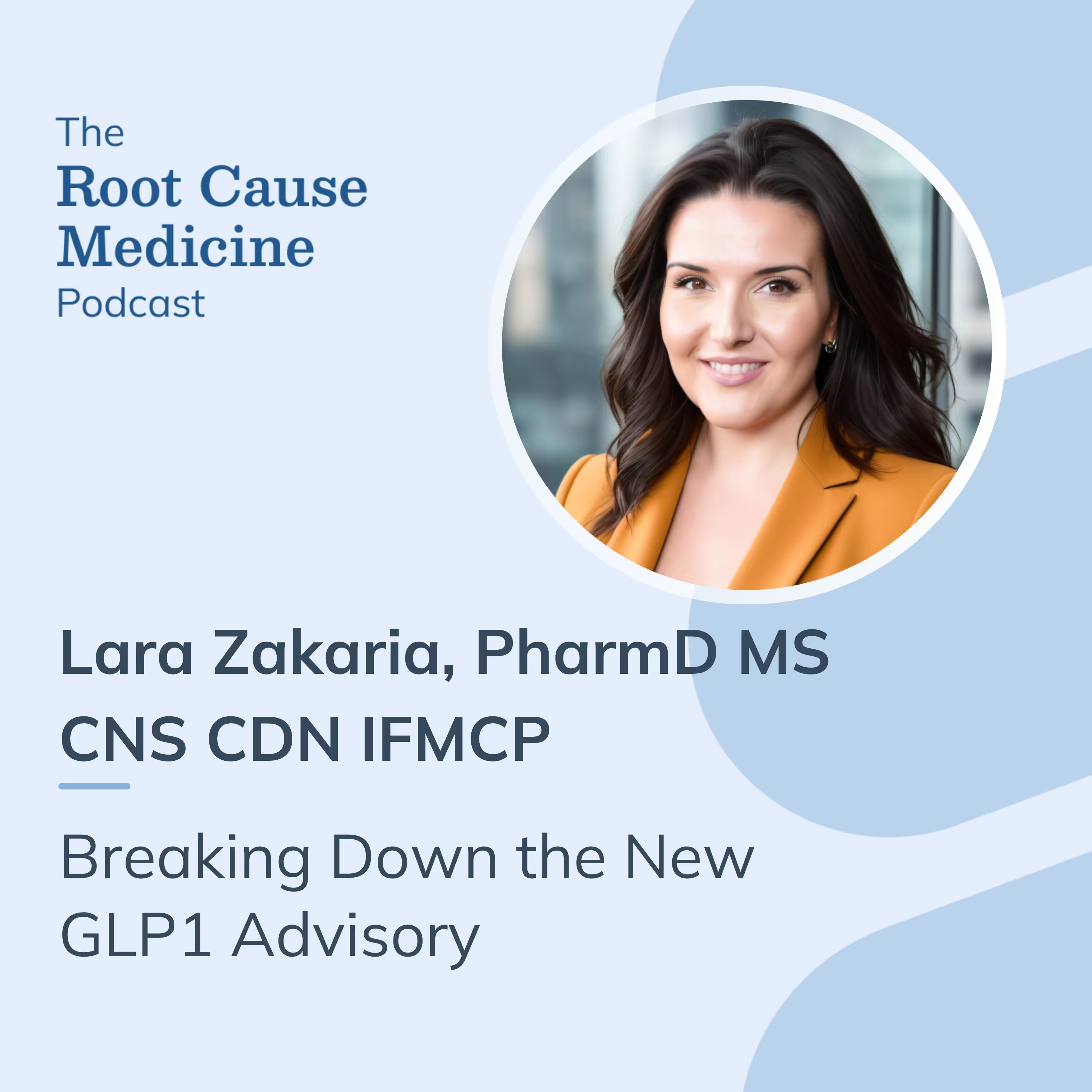A heart valve replacement in Bangalore? Hair transplant in Ankara? Rhinoplasty in Bangkok? In today’s interconnected world, medical tourism is a popular option for many seeking more affordable cosmetic or medical procedures.
Medical tourism refers to the practice of traveling abroad for medical treatment.
This past decade has seen significant growth in the industry, driven by a combination of high healthcare costs in developed countries, long waiting times for treatments, and the advancement of healthcare services abroad.
According to a research report published on Feb. 1, 2024, by consulting firm Deloitte, the global medical tourism market is expected to approach $43.7 billion by the year 2030, growing at a rate of 33% each year.
In the US alone, more than 787,000 people left the country for healthcare reasons in 2022 due to high healthcare costs, and globally, researchers estimate that 11 million people travel abroad for medical care each year. That’s a lot of human capital!
[signup]
What is Medical Tourism?
Medical tourism refers to the practice of traveling to another country for medical treatment and procedures, such as dental procedures and cosmetic surgery, as well as complex interventions like orthopedic surgery and fertility treatments.
Countries such as Thailand, India, Mexico, and Turkey have emerged in the last two decades as leading destinations, attracting patients from around the globe because of their lower costs, accredited facilities, and skilled medical professionals.1
The History of Medical Tourism
The concept of medical tourism dates back to ancient times when people traveled to seek treatments in healing centers, such as the baths of Epidaurus in Greece or more recently the spa towns in 18th and 19th century Europe.2
However, the modern era of medical tourism really took shape in the late 20th century with the rise of globalization. Initially, it was driven by patients from developing countries traveling to advanced nations for better healthcare, but this trend shifted in the early 2000s as healthcare costs in developed countries increased. This led to a reverse flow of patients seeking more affordable, yet high-quality medical services abroad.
Factors Driving the Growth of Medical Tourism
One of the primary drivers of medical tourism is the prospect of significant cost savings. Patients can often receive medical treatments abroad at a fraction of the price charged in their home countries – typically a 20% or more reduction in cost.
For instance, a cardiac surgery that might cost $150,000 in the United States could be performed for $30,000 in India. Hair transplants that would cost $15,000 in the U.S. may cost a mere $2,000 in Turkey.
Medical costs and insurance premiums have been increasing in recent years.
According to the Deloitte report, insurance premiums in the US rose 28% in 2022. Hospital costs per patient, meanwhile, tripled over a three-year period, increasing 22.5% following the pandemic, mainly due to staffing shortages and increased labor costs. US health care costs, representing roughly 17% of the country’s GDP, are expected to continue to rise 36% by 2027, equaling roughly US$17,000 per capita.1
Besides lower prices, medical tourism destinations offer healthcare services that meet and possibly even surpass international standards.
Countries like South Korea and Singapore, for example, are praised for their medical technologies and sophisticated treatment options.
In addition, countries with public healthcare systems are known for their long waiting times for certain procedures. Medical tourism provides an alternative for patients from these countries who require timely medical attention.
The appeal of medical tourism is also the opportunity to combine healthcare with leisure travel, where patients can enjoy relaxing in exotic locations while they recover.
Benefits and Risks for Patients and Host Countries
One of the most significant benefits for patients is, as mentioned above, the lower costs. Medical procedures abroad are often 50-80% cheaper than domestic procedures, which can outweigh travel expenses. This cost-effectiveness allows patients to afford treatments that might be prohibitively expensive at home.1
The influx of international patients is a boon for local economies, contributing to their healthcare sector and supporting industries such as hospitality, transportation, and retail.
This demand for high-quality medical treatment also encourages host countries to invest in their healthcare infrastructure. Upgrading hospitals, adopting advanced technologies, and enhancing medical training benefits both international and local patients.
Medical tourism can also help lower costs in domestic countries by increasing global competition and driving down inflated insurance costs.
Some U.S. employers have even considered the option of offering employees overseas healthcare options to save money.3
Perhaps the most attractive element of medical tourism, however, is its ability to empower patients in their search for treatments, without having to depend solely on their home country’s healthcare system.
Despite the many advantages medical tourism affords, patients should be aware of the risks involved in having procedures in foreign countries. Since different countries have varying regulations, patients may not have the legal recourse they have in their home country.
In addition, certain countries may have difficulties maintaining consistent quality and safety standards. While many medical tourism destinations boast accredited facilities, others may not meet international standards.
Post-treatment complications that arise after the patient has returned home can also complicate follow-up care, due to the lack of coordination and communication between patient and physician in different countries.
Patients should be aware of these risks, and do their due diligence before committing to a procedure – especially if it is a serious one.
Top Medical Tourism Destinations in 2024
The Medical Tourism Index (MTI) is a ranking system that evaluates countries based on their attractiveness and potential as medical tourism destinations.
Some popular countries on the list include:
1. Singapore
Known for its efficient and high-quality healthcare system, Singapore is a top destination for medical tourists seeking complex surgeries, oncology, and organ transplants. Key institutions catering to tourists are Mount Elizabeth Hospital, Raffles Medical Group, and Singapore General Hospital.
Although more expensive than some countries on this list, the tiny southeast Asian country is still nearly twice as affordable when comparing similar procedures in the United States. Singapore draws around 500,000 medical tourists annually.
2. Japan
Japan's healthcare system is lauded for its cutting-edge technology and high standards, with specialties in oncology, cardiology, and advanced diagnostics. Top institutions include the University of Tokyo Hospital and St. Luke's International Hospital.
3. Spain
Spain offers high standards of care and a strong public health system, drawing tourists seeking fertility treatments, orthopedic surgery, and cosmetic procedures. Popular institutions include Quirónsalud and Hospital Universitario La Paz. Spain attracts around 100,000 medical tourists annually.
4. India
India is emerging as a popular healthcare destination thanks to its affordable, yet high-quality medical care. Patients commonly undergo cardiac surgery, orthopedic treatment, oncology, and organ transplants (most commonly liver transplants) in this country, with important hospitals being the Apollo Hospital group, Fortis Healthcare, and Narayana Health.4
There is also a growing demand for alternative treatments like Ayurvedic healing and Yoga.
India attracted over 6 million medical tourists in 2023, with the number expected to grow this year, according to credit rating agency Crisil.
5. Thailand
Thailand, already renowned as a traditional tourist and holiday destination, offers advanced medical technology and cost-effective treatments. Cosmetic surgery, dental procedures, and gender reassignment surgeries are commonly sought here, with Bumrungrad International Hospital and Bangkok Hospital being popular choices for treatments. Thailand attracts around 2 million medical tourists annually, generating billions in revenue.
6. Mexico
Mexico is another country that provides affordable healthcare with a mix of public and private services. Many patients fly to Mexico looking for dental care, bariatric surgery, and cosmetic procedures. Hospital Angeles and Galenia Hospital bring in sizable numbers of tourists. The country attracts over 1 million medical tourists annually.
7. Malaysia
Malaysia, bordering two other countries on this list (Singapore and Thailand), is known for modern facilities and affordable care.
Popular treatments in the areas of cardiology, orthopedics, and reproductive health are commonly sought, with Prince Court Medical Centre and Gleneagles Hospital being the major institutions for travelers. Malaysia attracts over 1 million medical tourists annually, contributing significantly to its GDP.
8. South Korea
South Korea is well-known for its advanced medical technology and high standards and is a recognized hub for cosmetic surgery, particularly facial and body contouring, as well as its advanced cancer treatments. Seoul National University Hospital and Samsung Medical Center are among the top institutions catering to foreigners here. South Korea receives around 400,000 medical tourists annually, boosting its economy and healthcare sector.
9. Turkey
Turkey receives over 700,000 medical tourists annually due to its advanced medical treatments at affordable prices, with hair transplants, cosmetic surgery, and dental care being the most popular options. Respected medical institutions include Acibadem Hospitals and Memorial Hospitals.
10. Costa Rica
Costa Rica is not just a popular holiday retreat, but is known for high-quality healthcare and competitive prices. Many tourists visit this beautiful Central American country for dental procedures, cosmetic surgery, and eye surgery. Hospital CIMA and Clinica Biblica are among the most popular choices for medical procedures.
The Future of Medical Tourism
The medical tourism industry will likely integrate AI technology and telemedicine to enhance pre-and post-treatment care.
In addition, the industry will likely have a profound impact on the domestic healthcare markets of certain countries – particularly those of western, first-world countries. The higher costs of domestic medical procedures make it difficult to compete with countries offering similar quality care at a fraction of the price. Furthermore, the high cost of the U.S. healthcare system can deter both inbound and domestic patients, impacting market share and profitability of U.S. healthcare providers.
The lack of global competitiveness in U.S. healthcare is likely to lead to significant changes in policy, causing institutions to adapt by lowering costs and increasing quality of care. Researchers believe that industry reform in the U.S. is necessary to prevent the loss of patients to overseas institutions.5
[signup]
Key Takeaways
- The global medical tourism industry is experiencing significant growth, expected to reach $43.7 billion by 2030, growing at an annual rate of 33%.
- Patients seek medical treatments abroad primarily for cost savings, with procedures costing up to 80% less than in developed countries.
- Over 787,000 Americans sought medical care abroad in 2022 due to high healthcare costs, which are projected to continue rising.
- Countries like India, Thailand, Mexico, Malaysia, Singapore, and South Korea are leading destinations due to their affordable, high-quality medical services.
- Medical tourism covers a wide range of treatments, including cosmetic surgery, dental care, orthopedic surgery, fertility treatments, and advanced diagnostics.
- Medical tourism significantly boosts the economies of host countries, supporting healthcare, hospitality, transportation, and retail sectors.
- Destinations like South Korea and Singapore are known for their cutting-edge medical technologies, attracting patients seeking specialized treatments not available in their home countries.
- Medical tourism carries risks, including varying regulatory standards, legal and ethical issues, and challenges in post-treatment care and follow-up.
- The medical tourism industry will likely lead to changes in U.S. healthcare policy as it aims to become more competitive in the global market.












%201.svg)







